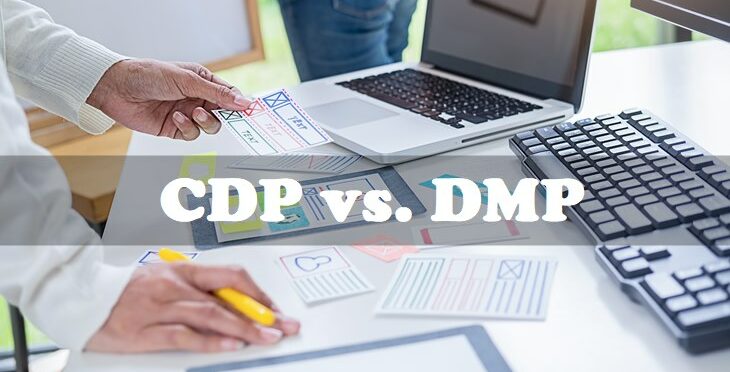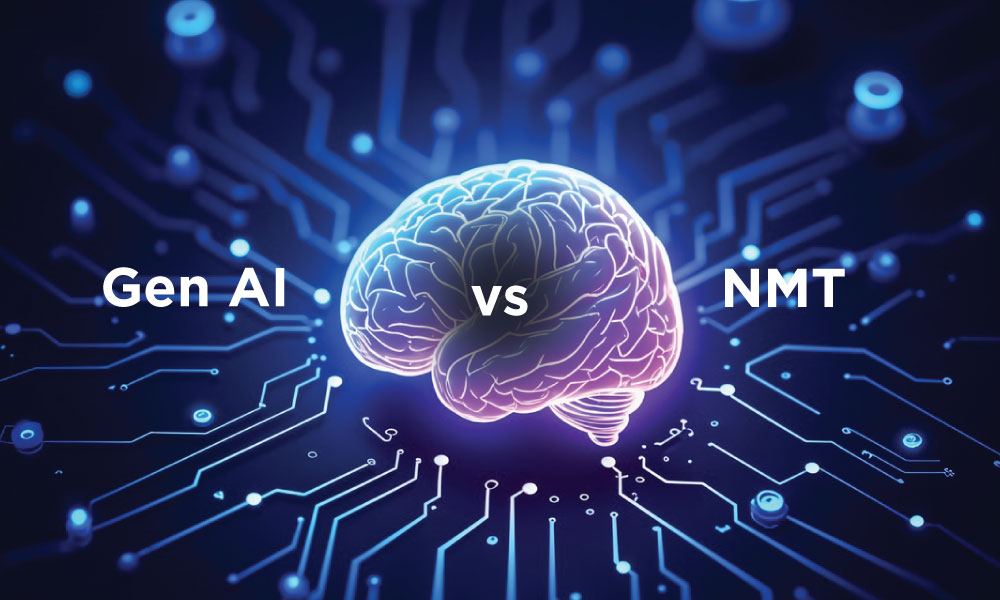Significance of CDP & DMP in data management
Modern-day marketing is entirely dependent on the quality and genuineness of data. Hence, it is only natural that companies are relying on platforms like customer data platforms, data management platforms, and customer relationship management platforms.
These platforms provide customer-oriented, data-driven insights to create impactful marketing campaigns. These insights are also helpful to segment the target audience, based on their engagement metrics.
They also make the lead scoring and lead nurturing tasks pretty easy.
The main purpose of this blog is to determine the key factors that differentiate CDP & DMP. We will also be discussing the key benefits of these tools.
We believe the differentiating factors and the benefits of these tools will help you to make a choice based on your requirements.
Also Read: 6 Best DMP Use Cases
CDP Vs. DMP: Key differentiating factors
The primary goal of a CDP is maintaining brand loyalty, improving the face value of a brand amongst subscribers. Its ultimate goal is to bring in more business from existing customers.
Marketers often use DMP to improve engagements, customer conversions. DMP is used to ultimately reducing customer acquisition costs over a period of time.
CDPs are supposed to provide a system that can manage all the data of real customers of your company across all the marketing tools. CDP process involves the collection of customer data, using the data in tools, and making the entire data management process easy.
While on the other hand, DMPs are created, keeping ad networks in mind. These platforms segregate the databases into first-party, second-party, and third-party databases. Accordingly, the databases are categorized.
It allows marketers to determine the lead level in the lead lifecycle. It also helps them to target the ads based on the level.
All of us know that there are three types of databases. They are called a first-party database, a second-party database, and a third-party database.
CDP mainly works with first-party databases wherein it gathers & segregates all the information of the subscribers, buyers, and/or users, etc.
While on the other hand, DMP primarily focuses on third-party databases. It works with cookies, pixel indexing, and IP addresses, etc.
Since these types of databases bring in privacy issues with them, the database is normally anonymous for DMPs.
There are two main types of profile matching, namely:
- Probabilistic Matching- A lot of guessing is involved.
- Deterministic Matching- Involves fixed identifiers.
CDP uses first-party databases (subscribers, users, customers, etc.). Hence, they have all the relevant information regarding the users. It includes identifiable and personalized fields like the first name, email address, etc.
Marketers can work with deterministic matching with this information and deliver personalized content.
Since DMP uses third party databases, and as it involves user anonymity, marketers need to work with a lot of guesswork. With DMP, you can deliver target ads through retargeting. The best example of DMP is tracking the audience through Google Ads.
DMP has to push out the data to the digital media networks while CDPs can easily work through both the Push-out data and Pull-in data.
DMPs are used to monitor and analyze generic information that you can access through analytics tools. The key parameters are the average session time, heat-maps, etc.
In the case of CDPs, marketers can work on nurture campaigns to convert subscribers into customers. These platforms are used to generate more in-depth information.
Marketers primarily use CDPs for personalized channels like email marketing, mobile communications, etc.
On the other hand, DMPs work more on programmatic advertising mediums such as Google Ads, Bing Ads, etc.
Since database with CDP is your own identifiable database, the database remains valid until you choose otherwise. In the case of digital CDP, data remains valid until subscribers don't unsubscribe.
But, in the case of DMP, there is a stipulated time-frame for which you can use the hashed, anonymous database, through a platform. In most cases, this stipulated time-frame is of 90 days. Once this time-frame elapses, you cannot use this data anymore.
CDP provides you a platform to combine all the data through different channels into a single system. You can easily store both online & offline data. You can also segment this data based on your lead funnel.
DMP provides you services based on anonymous, hashed data. So marketers need to make calculated efforts to spend their budget with these. You need to have a good knowledge of these platforms to generate leads through them.
Since CDP takes you closer to generating revenue, traditionally, companies have been more focussed on the CDP.
But, nowadays, companies are valuing other aspects of the business equally with revenue generation. Companies are also investing in DMP almost as much as CDP.
CDP Vs. DMP Vs. CRM
Lack of Machine Intelligence in CRM
CRM platforms do not possess machine intelligence to acknowledge cross-platform interactions like CDP. In simple words, CDP can track a user through personalized identifiable information (PII), and CRM cannot.
CRM can only track anonymous information and marketers need to bridge the link with their skills.
Cross-Channel Data Identification
CDP can track users across different channels like promotional emails, website interactions, etc. CRM platforms cannot track the audience through cross channels as they work with anonymous data.
You May Also Like:





